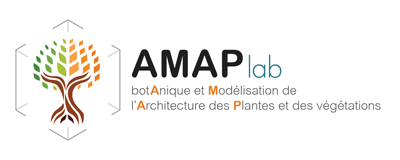Responses of Soil Microbial Metabolic Activity and Community Structure to Different Degraded and Restored Grassland Gradients of the Tibetan Plateau
Résumé
Climate change and land-use disturbances are supposed to have severely affected the degraded alpine grasslands on the Tibetan Plateau. Artificial grassland establishment has been implemented as a restoration tool against grassland degradation. However, the impact of such degradation and restoration processes on soil microbial communities and soil quality is not clearly understood. Here, we aim to investigate how the dynamics of microbial community and soil quality of alpine grasslands respond to a gradient of degradation and that of restoration, respectively. We conducted a randomised experiment with four degradation stages (light, moderate, heavy, and extreme degradation) and three restoration stages (artificial restoration for 1, 5, and 10 years). We analysed the abundance and diversity of soil bacteria and fungi, and measured soil nutrients, enzymatic activity and microbial biomass. The concentration of soil nitrogen (TN), soil organic matter (OM) in heavy degraded grassland decreased significantly by 37.4 and 45.08% compared with that in light degraded grassland. TN and OM in 10-years restored grassland also increased significantly by 33.10 and 30.42% compared to that in 1-year restored grassland. Four soil enzymatic activity indicators related to microbial biomass decreased with degradation gradient and increased with recovery time (i.e., restoration gradient). Both bacterial and fungal community structure was significantly different among grassland degradation or restoration successional stages. The LEfSe analysis revealed that 29 fungal clades and 9 bacterial clades were susceptible to degraded succession, while16 fungal clades and 5 bacterial clades were susceptible to restoration succession. We conclude that soil quality (TN, OM, and enzymatic activity) deteriorated significantly in heavy degraded alpine grassland. Soil microbial community structure of alpine is profoundly impacted by both degradation and restoration processes, fungal communities are more sensitive to grassland succession than bacterial communities. Artificial grasslands can be used as an effective method of restoring degraded grassland, but the soil functions of artificial grassland, even after 10 years of recovery, cannot be restored to the original state of alpine grassland.
Origine : Fichiers éditeurs autorisés sur une archive ouverte


